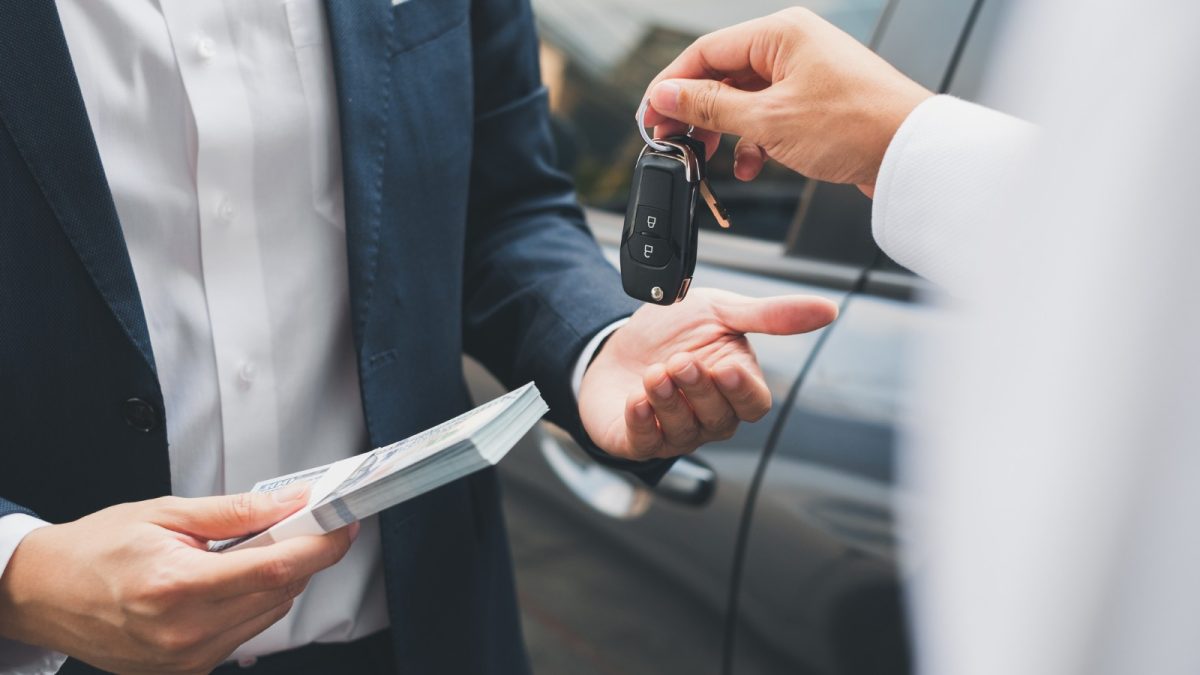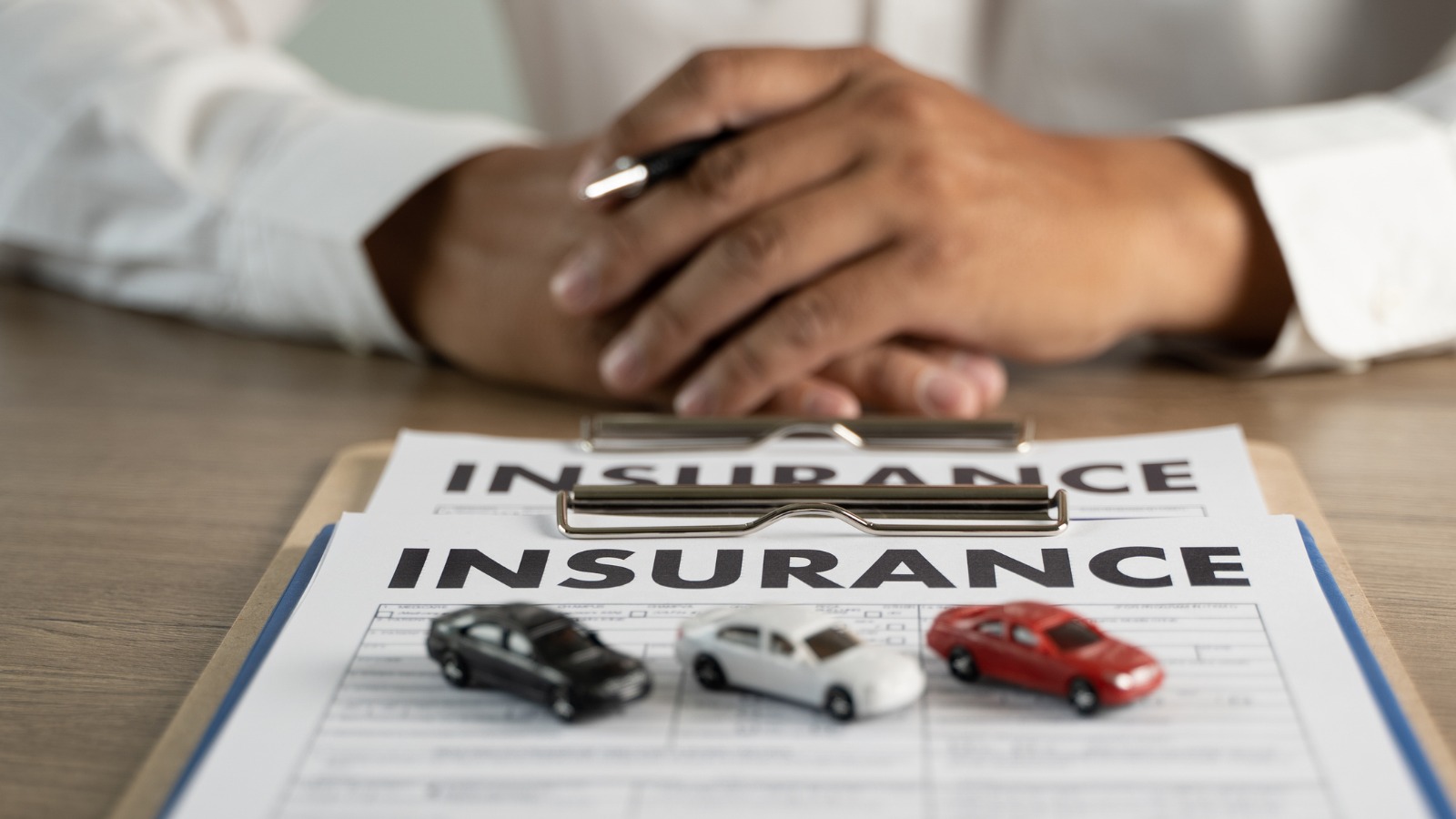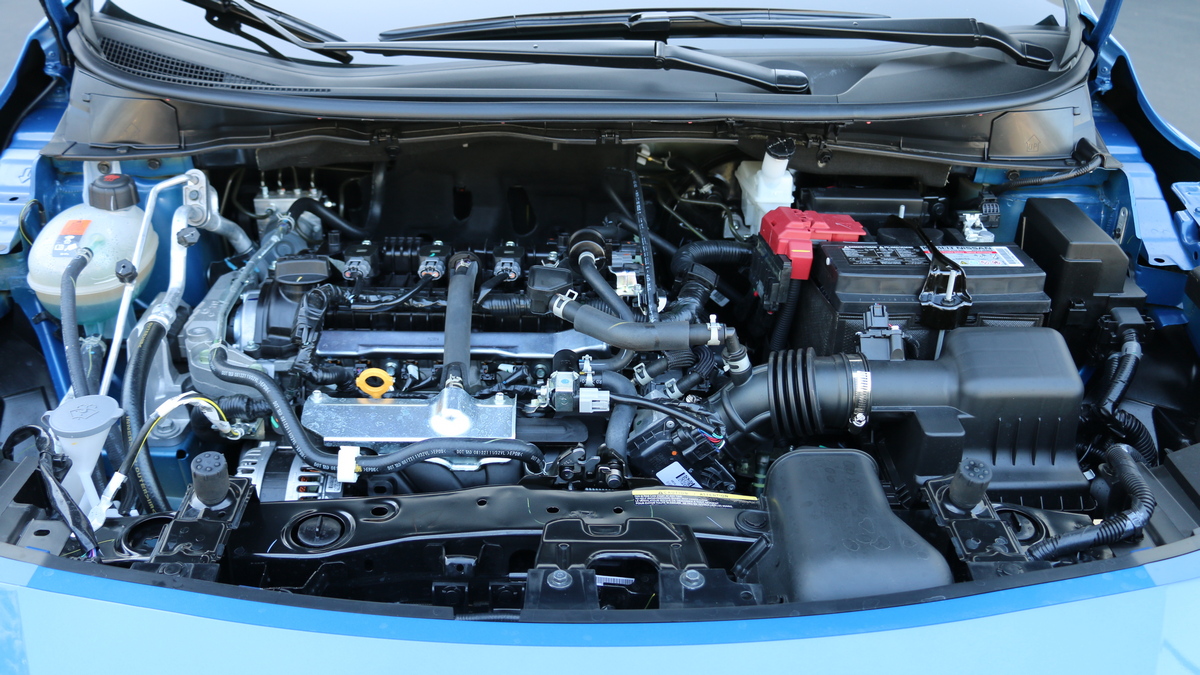Quick Facts About Flood-Damaged Cars
- A flood-damaged car will likely be a total loss if fully submerged in water.
- Beware of title washing. Vehicles that carry flood-damaged titles in one state may receive a clean title in another.
- Take steps to protect yourself from fraud, including getting a vehicle history report, a thorough inspection by a mechanic, and more.
Extreme weather, such as torrential rain with flash flooding, hurricanes, and tropical storms, can cause destruction that often includes vehicles damaged by floodwaters.
For car owners, this can spell the end of the line for their damaged vehicle. However, this could start a secondhand raw deal for used car buyers. We’ll tell you what to know about the telltale signs of a car damaged by a flood, title washing, and how to protect yourself from fraud.
What Does Flood Damage Do to a Car?
A flood-damaged car will likely be a total loss if fully submerged in water, especially if it’s saltwater from a hurricane’s storm surge. But not all flood damage totals cars. Either way, water can destroy electrical and mechanical systems and lubricants and cause mold, rust, and corrosion over time.
RELATED: What to Do if Your Car Is Flooded: 8 Steps You Must Take
Title Washing: What You Need to Know After the Flood
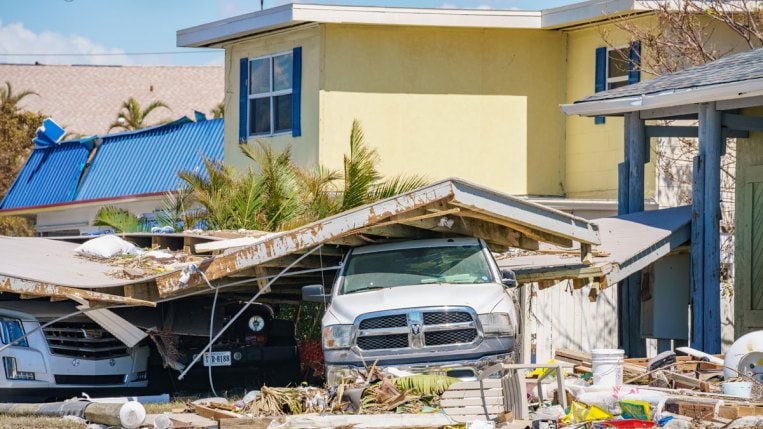
When buying a car, a major issue to be on the lookout for is title washing.
Title washing occurs when a vehicle’s title is branded in one state as flood-damaged or even totaled, but then gets transported to another state. The move among jurisdictions plays off different criteria for title branding. Due to these slight differences, vehicles that carry flood-damaged titles in one state may receive a clean title in another. For example, a vehicle branded as flood-damaged in North Carolina and transported to New Jersey may not get the same designation there.
In the wake of a flood, less-than-reputable sellers use this underhanded method to pass off their cars to unsuspecting buyers. Often, these new owners won’t notice a problem until it’s too late. Potential buyers in regions without hurricane damage or significant flooding disasters are more likely to be victims of title-washing scams.
RELATED: Car Title Guide: Everything You Need to Know
How to Protect Yourself from Fraud
The best defense is a good offense. The first step is to check the car’s vehicle history report. Sites like Experian’s AutoCheck and Carfax provide comprehensive overviews and offer free checks for flood risk. These reports track important information, including title branding and registration, over the vehicle’s life, regardless of where the vehicle gets registered.
Other helpful tools include the United States Department of Justice’s National Motor Vehicle Title Information System and the National Insurance Crime Bureau’s VINCheck service, which is free to use.
VINCheck compiles data from insurers and allows consumers to see whether a vehicle has ever been declared a total loss or salvaged.
It also pays to complement a vehicle history check with a thorough inspection by a trusted and certified mechanic. When cars get submerged during a flood, water and debris work into areas they normally wouldn’t reach, including residue inside the headlights and taillights. Pull seatbelts all the way out and look for any water line marks.
Even if a flood-damaged vehicle has been refurbished and cleaned up, a mechanic should be able to spot telltale signs of water damage.
MORE: Is It Safe To Drive a Car Damaged in a Flood?
Clues to Spotting a Flood-Damaged Vehicle
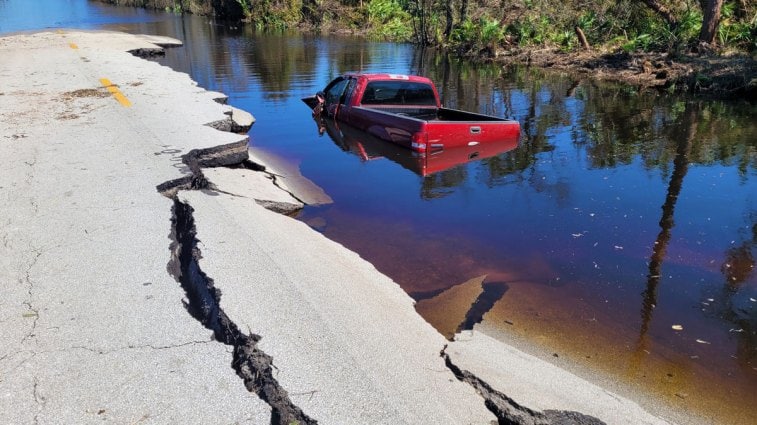
The National Automobile Dealers Association highlights several vehicle areas to examine on your own, including checking the trunk, inspecting the car’s engine bay, and more. Read on.
How to Check a Car for Flood Damage
Refer to this list when shopping for a used car in areas affected by floods or in any region during the months following a flooding disaster. A checklist is a useful tool that can help you prevent overlooking clues.
- Check the trunk: Look for red flags like water and debris in the trunk, including under the carpeting. If you notice a water line underneath the spare tire in the trunk, it’s a sign of flood damage.
- Inspect carpeting: Feel the carpet for moisture and look under it for fading, stains, and rust.
- Investigate the engine bay: Look in tight crevices around components in the engine bay for things like dried mud and debris. Also, inspect the small recesses near the starter motor, power steering pump, and behind wiring harnesses.
- Examine seat belts and upholstery: Look for things like water stains and lines.
- Sniff for musty or foul odors. If you enter the vehicle and you notice a musty or foul smell, it’s possible it’s flood-damaged.
- Check inside headlights and taillights for water or condensation: Waterlogged headlights or condensation inside is an immediate red flag.
- Look under the seats and dashboard for signs of previous moisture: Focus in to see if you find rust on metal components in the center console or under the dashboard. Also, be aware of any odd odors, as these could be signs of mold and mildew.
- Test the operation of electrical components: Make sure to test any electrical components, such as the windshield wipers and air conditioning. Further, check for visible corrosion and wear to these components.
- See beneath the car: Scrutinize any rust you may see on bolts, screws, and other metallic parts, including brake discs. Brake discs tend to show rust very quickly. Make sure to look for caked-on debris, premature rusting, and metal flaking, especially on newer vehicles.
Remember that things like the electrical control module and airbags can fail later, endangering drivers, which is why it’s important to inspect vehicles thoroughly before buying used.
“I would advise anyone looking to buy a used car … to look into that vehicle’s history,” notes Roger Morris, who recently retired as the National Insurance Crime Bureau communications officer. “Consumers should be very cautious of any used vehicle they buy in the aftermath of a flood. You can clean up a car pretty well, but it’s the two to three months afterward when problems really start to show up.”
MORE: Flooded Car? FAQs for Affected Owners and Shoppers
How Hard Is It to Repair a Flood-Damaged Car?
If you do find yourself in the position of owning a flood-damaged car, many wonder if the flood damage is repairable. The answer is yes and no. Insurance companies decide the fate of affected vehicles.
They will write off and brand them as flood-damaged cars. They’ll sell them for salvage. But some will hit the roadways once again.
These vehicles slowly deteriorate from the inside out. So the question is: Is it worth repairing a flood-damaged car? An experienced mechanic can determine the extent of the damage and tell you whether or not fixing the vehicle would be worth it.
Check out Kelley Blue Book’s Fair Repair Range, which allows you to check repair prices and provides a cost range for some common vehicle repairs.
RELATED: Preparing Your Car for a Hurricane: An Emergency Checklist
Editor’s Note: This article has been updated since its initial publication.






